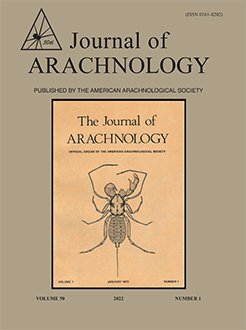The pseudotyrannochthoniid genus Centrochthonius Beier, 1931 is one of the rarest and most poorly understood pseudoscorpion genera in the world. Only a handful of specimens are presently known, all from high-altitude habitats in China, Kyrgyzstan and Nepal. The inaccessibility of specimens has resulted in major taxonomic difficulties such as a poor generic diagnosis, but also a lack of understanding of evolutionary patterns in this psychrophilic fauna. Herein we diagnose Centrochthonius for the first time since its original description and include four Holocene species: one from Kyrgyzstan, two from China, and C. anatonus sp. nov. from Nepal. A fifth fossil species from Bitterfeld amber (Oligocene-Miocene) in central Europe highlights significant range retraction and continental extinction in this genus since the Neogene, leading us to suggest a climatic relict hypothesis for this fauna. Biogeographically, the genus provides further evidence for significant range shifts and extinction events in the Holarctic invertebrate biota during the Cenozoic. Close relatives of Centrochthonius are found in subterranean habitats throughout eastern Asia and warm temperate forests in the western U.S.A. which highlights the magnitude of range retraction caused by climatic cycling in an ancient fauna since at least the Paleogene. The subgenus Allochthonius (Urochthonius) Morikawa, 1954 from caves in Japan has been largely defined by the presence of troglomorphic features such as eye loss, which are here regarded as insufficient to retain as a separate clade from other species of Allochthonius. Therefore, Allochthonius (Urochthonius) is treated as a junior synonym of Allochthonius (syn. nov.).
How to translate text using browser tools
10 August 2022
The pseudoscorpion genus Centrochthonius (Pseudoscorpiones: Pseudotyrannochthoniidae) from central Asia and description of a new species from Nepal
Mark S. Harvey,
Danilo Harms
ACCESS THE FULL ARTICLE

The Journal of Arachnology
Vol. 50 • No. 2
August 2022
Vol. 50 • No. 2
August 2022
biogeography
psychrophilic
relict
systematics
Tibetan plateau




